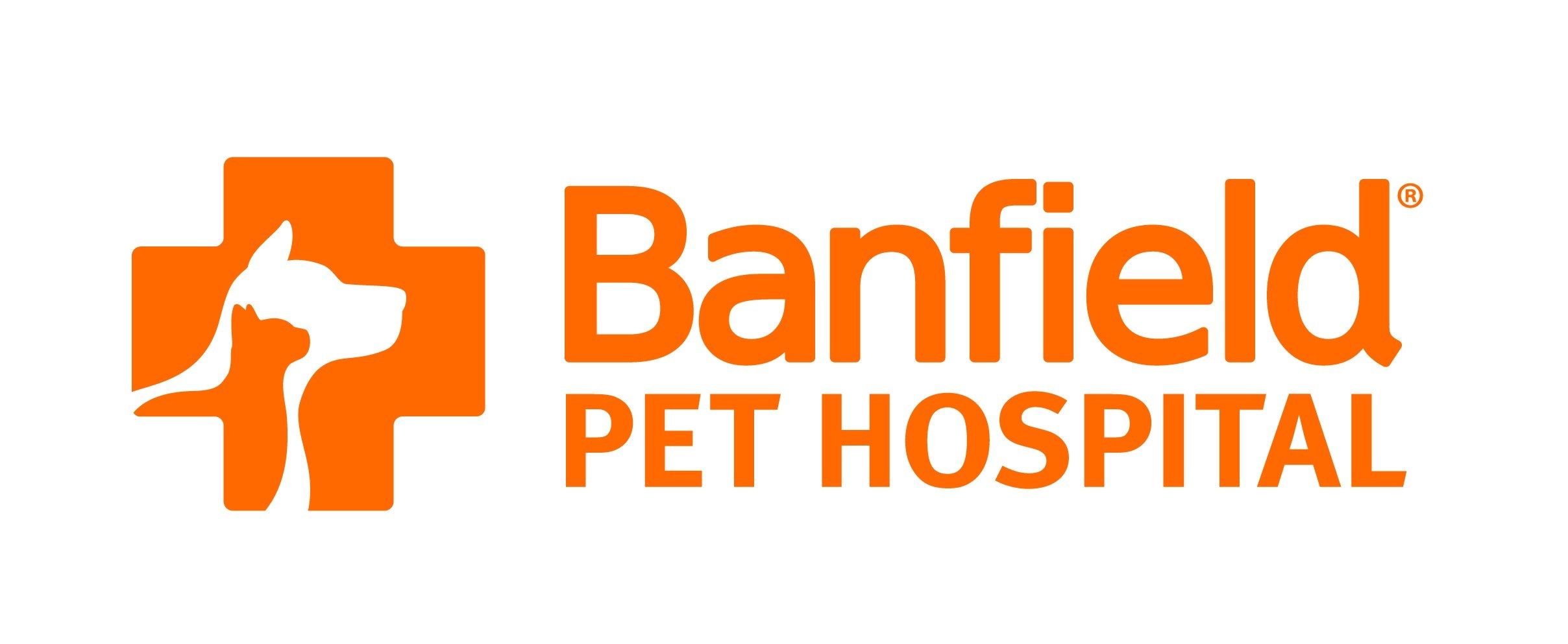Veterinary cannabis for pain management: The endocannabinoidome
Objective evidence and anecdotal reports that nonintoxicating parts of the cannabis plant support the multimodal approach to pain management in dogs, cats, and horses.
Cannabidiol (CBD) and most of the cannabis plant molecules are known for their ability to address pain in our veterinary patients. No published clinical trials exist in veterinary species that have used objective metrics to assess pain, only psychometric surveys such as the Canine Brief Pain Inventory.1 This validated survey uses clinician and client observations to score subjective pain in a patient and compare responses over time.
There are, however, a number of studies in animal models of pain that have objectively determined the multiple biochemical pathways that the many proponents of cannabis use to remediate pain in a patient.
Cannabis contains an alphabet soup of cannabinoids—THC, THCA, CBD, CBDA, CBG, CBC, and others—that can interact with membrane receptors on nerves and organs to reduce inflammation or inhibit nociceptive nerve signals. Multiple membrane receptor systems may be involved in the remediation of painful signals. Non-cannabinoid molecules found in the cannabis plant can provide benefit in pain management.2 These are the terpenes and flavonoids, and a discussion of their merits is beyond the scope of this article.
This system of receptors, endogenous ligands, and biosynthetic and degradative enzymes is collectively known as the endocannabinoid system (ECS) and is the target of these cannabis plant molecules. The ECS has been identified in all vertebrates, and many invertebrates as well. It is part of a larger expanded system of related lipid signaling molecules within the body termed the “endocannabinoidome” (ECB). This expanded endocannabinoid system contains more than 20 biosynthetic or degradative enzymes and more than 20 molecular targets, of which only 2 are cannabinoid receptors. Endocannabinoids and phytocannabinoids are “promiscuous” in that they will bind not only with endocannabinoid receptors but with 18 non-endocannabinoid receptors, described below.3,4
The ECB collection of molecules has a strong “prohomeostatic” influence on healthy neurologic and immunologic function, as well as the health of the body as a whole.
There are many diverse and redundant pathways and mechanisms of action of the cannabis plant molecules, phytocannabinoids, terpenes, and flavonoids. These pathways and mechanisms of action are defined by the single or multiple receptors and enzyme systems with which they interact.
Membrane receptors known to be involved in pain management include the following:
Cannabinoid receptors
Cannabinoid receptors are in the G-protein coupled receptor (GPR) superfamily and are specific for cannabinoids. Certain terpenes such as beta caryophyllene may also bind to a cannabinoid receptor and in doing so help to remediate pain.5
CB1 receptors are primarily located in the central nervous system although they are present in lower amounts in the peripheral nervous system. They are involved with cognitive function, emotion, motion/movement, hunger, and neuroprotection. Autonomic and sensory CB1 receptors are responsible for pain perception as well as cardiovascular, gastrointestinal, and respiratory effects. The intoxicating nature of THC is mediated through its binding to the CB1 receptor. When the CB1 receptor is activated, the retrograde release of acetylcholine, dopamine, gamma-aminobutyric acid, serotonin, histamine, glutamate, and noradrenaline is inhibited.6
CB2 receptors are mainly found in the peripheral nervous system, immune system, and organs. Their activation does not cause intoxication but is responsible for reducing inflammation and providing relief of chronic pain. Additionally, their activation results in the inhibition of inflammatory cytokine production and the production of anti-inflammatory cytokines.
Orphan GPRs
Orphan GPRs are stimulated by cannabinoids as well, with specific biomedical actions, depending on which GPR is being activated. GPR55, which has sometimes been considered as the third cannabinoid receptor, helps to remediate pain. It can bind with endogenous ligands as well as with phytocannabinoids from cannabis. GPR55 has multiple effects in addition to pain relief, among them: normalization of inflammation, blood pressure homeostasis, metabolism benefits such as insulin release from the pancreas, neuroprotection, antineoplastic activity, as well as bone metabolism homeostasis.7
Ligand-gated ion channels
Ligand-gated ion channels such as the transient receptor potential (TRP) superfamily play a large role in remediating pain from heat, cold, and from chemical and mechanical stimuli. Specifically, the capsaicin receptor TRPV1 is involved in remediating pain from these sources. Phytocannabinoids such as CBD, CBG, CBDA, and CBC inhibit the signaling of this receptor in response to noxious stimuli, thus providing pain remediation.8
Peroxisome proliferator-activated receptors (PPARs)
PPARs are ligand-activated nuclear transcription factors that are a superfamily comprised of 3 subtypes: PPARα, PPARβ, and PPARγ. Each subtype activates different events, primarily involved in energy metabolism and inflammatory cytokine production and regulation. PPARγ is associated in part with the production and regulation of inflammatory cytokines, and thus is involved in the management of pain associated with inflammation.9
The phytocannabinoids THC and CBD differ in how they activate and interact with these membrane receptor systems. The relationships define the appropriate uses and doses for these plant molecules for the specific type of pain being addressed, whether acute, chronic, or neuropathic. Conventional pain medication has been found to work in part in concert with the endocannabinoid system.
A summary of these actions and some noteworthy facts are listed here:
- THC is the only plant molecule to bind in an orthosteric manner to the CB1 and CB2 receptors similar to the endogenous ligand binding to these receptors.
- CBD has a low affinity for the CB1 and CB2 receptors.
- CBD binds as a negative allosteric modifier to both receptors. When it binds to a cannabinoid receptor, the receptor changes shape. This deactivates THC that is bound to that receptor, which can also help to reduce the amount of intoxication from THC.
- CBD and THC competitively bind to the degradative enzyme for anandamide, fatty acid amide hydrolase (FAAH). In doing so, they reduce the degradation of anandamide, and prolong the blood levels of this endogenous cannabinoid. This is one way that CBD promotes its effects in modulating pain signals.
- THC and CBD also competitively bind to the transport protein that carries the endocannabinoids through the aqueous extracellular fluid (ECF )and cytosol to the membrane receptors or enzymes for activation or degradation. This competition for binding sites on the transport protein is another mechanism where the phytocannabinoids help to maintain for a longer period of time the blood levels of the endocannabinoids, resulting in a greater therapeutic effect.
- CB1 receptors inhibit nociceptive pathways and the release of substance P.
- CBD acts on CB2 receptors to downregulate pro-inflammatory dendritic cells such as microglia to reduce neuropathic pain.
- Acetaminophen acts in part by indirectly activating CB1 receptors.
- Nonsteroidal anti-inflammatory drugs prevent the COX-2 degradation of anandamide, which is one mechanism whereby they help to manage pain.
- CB2 receptors indirectly stimulate opioid receptors’ afferent pathways; both CBD and THC are allosteric modulators of the mu and delta opioid receptors and thus reduce neuropathic pain signaling. Clinically it has been seen that lower doses of opioids are needed for pain relief when opioids are combined with cannabinoids.
- CBD dosing is dependent on the type of pain being experienced. In a rat model for chronic pain and sciatic nerve pain, a lower dose of CBD was required for neuropathic pain (2.5-5.0 mg/kg orally) than for chronic pain (20 mg/kg orally). In this study the CBD produced its benefits through signaling the TRPV1 receptor.10
Although there are few pain studies in veterinary species for cannabis, objective evidence and anecdotal reports from the field support that the nonintoxicating fractions of the cannabis plant serving well as part of a multimodal approach to pain management in the dog, cat, and horse.
References
- Brown DC, Boston RC, Coyne JC, Farrar JT. Development and psychometric testing of an instrument designed to measure chronic pain in dogs with osteoarthritis. Am J Vet Res. 2007;68(6):631-637. doi:10.2460/ajvr.68.6.631
- Starowicz K, Finn DP. Cannabinoids and pain: sites and mechanisms of action. Adv Pharmacol. 2017;80:437-475. doi:10.1016/bs.apha.2017.05.003
- Silver R. The endocannabinoid system and endocannabinoidome. In: Cital S, Kramer K, Hughston L, Gaynor SJ, eds. Cannabis Therapy in Veterinary Medicine: A Complete Guide. 1st ed. Springer; 2021:1-16.
- Veilleux A, Di Marzo V, Silvestri C. The expanded endocannabinoid system/endocannabinoidome as a potential target for treating diabetes mellitus. Curr Diab Rep. 2019;19(11):117. doi:10.1007/s11892-019-1248-9
- Hill KP, Palastro MD, Johnson B, Ditre JW. Cannabis and pain: a clinical review. Cannabis Cannabinoid Res. 2017;2(1):96-104. doi:10.1089/can.2017.0017
- Khasabova IA, Gielissen J, Chandiramani A, et al. CB1 and CB2 receptor agonists promote analgesia through synergy in a murine model of tumor pain. Behav Pharmacol. 2011;22(5-6):607-616. doi:10.1097/FBP.0b013e3283474a6d
- Ryberg E, Larsson N, Sjögren S, et al. The orphan receptor GPR55 is a novel cannabinoid receptor. Br J Pharmacol. 2007;152(7):1092-1101. doi:10.1038/sj.bjp.0707460
- Ruggiero RNc, Rossignoli MT, De Ross JB, Hallak JEC, Leite JP, Bueno-Junior LS. Cannabinoids and vanilloids in schizophrenia: neurophysiological evidence and directions for basic research. Front Pharmacol. 2017;8:399. doi:10.3389/fphar.2017.00399
- Copas G, Amazonas E, Brandon S. The pharmacology of cannabinoids. In: Cital S, Kramer K, Hughston L, Gaynor SJ, eds. Cannabis Therapy in Veterinary Medicine: A Complete Guide. 1st ed. Springer; 2021:17-60.
- Costa et al. The non-psychoactive cannabis constituent cannabidiol is an orally effective therapeutic agent in rat chronic inflammatory and neuropathic pain. Eur J Pharmacol. 2007;556(1-3):75-83
Editors note: All veterinary technician content for this month is supported by Banfield Pet Hospital.
























